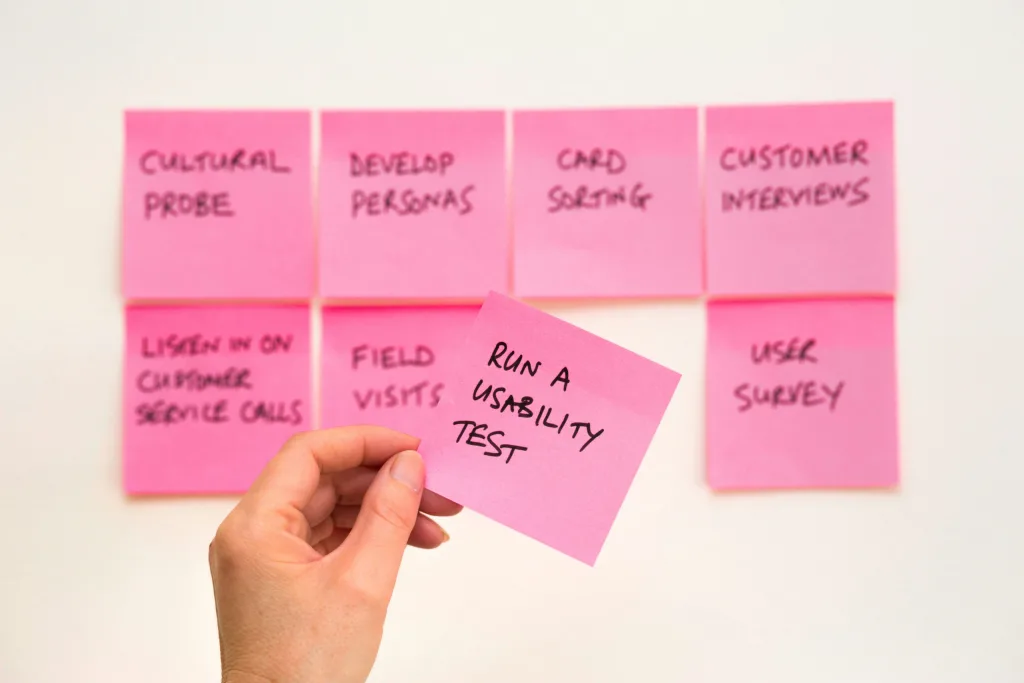Innovation is the driver of productivity and growth, helps save costs and above all leads to improvement in service in an ever-evolving global landscape. Innovation benefits are then passed along to both private sector businesses and citizens who rely on an efficient and effective public sector.
The success of innovation projects hinges not only on technical prowess but also on understanding and meeting the needs of end-users. Large organizations, including those in the public sector, can benefit immensely from adopting a customer-centric approach when embarking on innovation projects. By placing the needs and preferences of customers at the forefront, organizations can gain invaluable insights into how innovations can solve real-world problems and deliver tangible value.
How, in a large organization, can you harness the strategies and benefits of leveraging customer-centricity in innovation projects, especially within the framework of the public sector?
The Role of Empathy in the Design Process
At the heart of a customer-centric approach lies a deep understanding of customer needs, preferences, and pain points. Empathy – the ability to understand and empathize with the experiences, emotions, and aspirations of end-users – is central to this approach.
Large organizations in the public sector can employ various design thinking techniques from the Empathize Phase to gather insights into the challenges faced by citizens and stakeholders. These can include the creation of personas, empathy maps, journey maps, or service design blueprints. You may decide to hold design sessions, conduct surveys, or conduct interviews and focus groups to uncover underlying needs and aspirations with your end-users. By engaging directly with end-users, organizations can gain firsthand knowledge of the problems they encounter in their daily lives or interactions with public services. This insight forms the foundation upon which innovative solutions can be developed, ensuring that they are relevant, impactful, and user-friendly.
Large organizations in the public sector can benefit from adopting human-centered design principles, which prioritize both empathy and user engagement throughout the innovation process. This entails putting oneself in the shoes of customers, observing their interactions with products or services, and designing solutions that resonate with their needs and values. By empathizing with end-users, organizations can uncover latent needs, anticipate pain points, and develop solutions that genuinely address the root causes of problems. Another key advantage of employing empathy into the design process is that it fosters inclusivity and accessibility, ensuring that innovations are designed with diverse users in mind and do not inadvertently exclude marginalized or underserved communities.
Co-creation Leads to Better Outcomes
Innovation thrives in environments that encourage collaboration and co-creation between organizations and their customers. Large organizations can leverage platforms and channels to solicit input and feedback from citizens or stakeholders throughout the innovation process. This may involve establishing online forums, crowdsourcing initiatives, or participatory workshops where individuals can contribute ideas, suggest improvements, and co-design solutions.
Using the Deeper Clarity method, Spring2 Innovation has helped a wide variety of public sector clients, such as Public Services and Procurement Canada – Redesign of Next Generation Travel Program. By involving end-users in the co-creation process, the organization harnessed the collective intelligence, validated assumptions, and fostered a sense of ownership and empowerment among stakeholders to redesign what a better process for conducting business travel could look like. The added advantage of co-creation is that it fosters trust and transparency, signaling to end-users that their voices are heard and valued in shaping public policies and services.
How Has Public Sector Co-created Potential Solutions With Users?
A hallmark of design thinking (and customer-centric innovation more broadly), is the emphasis on iterative development and continuous feedback loops. Rather than adopting a “one-size-fits-all” approach, organizations iteratively refine and adapt innovations based on real-world usage and feedback from customers. In the public sector, this may involve piloting new initiatives in select communities or regions to gauge their effectiveness and gather feedback from end-users.
One example of public sector co-creation is that of the French social security administration (URSSAF), who, traditionally known for strict tax collection, embarked on a co-creation experiment in the French region of Picardy’s trucking industry (Gouillart & Hallett, 2015). By collaborating with industry stakeholders, URSSAF aimed to foster local business growth instead of solely focusing on enforcement, recognizing that a thriving industry can lead to increased tax revenue.
Through workshops and collaboration with the trucking trade association, URSSAF discovered that many managers struggled to comprehend complex compliance requirements and felt intimidated by interactions with the agency, primarily due to past negative experiences. In partnership with the trade association, the URSSAF developed internet-based tools to assist trucking companies in navigating interactions with the agency (Gouillart & Hallett, 2015). The initiative resulted in improved relationships between both parties and the potential the create more improvements for taxayers in the future.
Innovation is a collaborative effort that requires organizations to embrace a customer-centric approach. For large organizations, especially in the public sector, leveraging customer-centricity in innovation projects is essential for gaining insights into customer solutions. By understanding customer needs, fostering co-creation and collaboration, adopting empathy and human-centered design, organizations can develop impactful innovations. Placing customers at the heart of the innovation process is crucial for delivering value that resonates with the people they serve.
Sources:
Gouillart, F., & Hallett, T. (2015). Co-Creation in Government. Stanford Social Innovation Review, 13(2), 40–47. https://doi.org/10.48558/D85M-MC53
_____
RELATED BLOGS
- Deeper Clarity Method: Aligning A Common Understanding For Projects
- Dynamic Mindset: The What, the Why, and the How
- Further Aligning Common Understanding Using Deeper Clarity Method: Challenges and Measures of Success
If you are interested in how Spring2 Innovation can help your teams thrive, contact us for more information.
